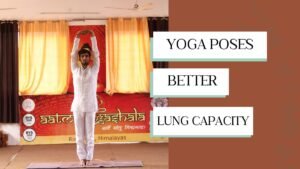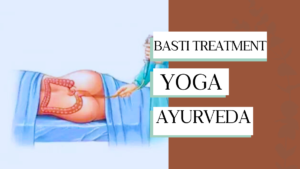There’s a lot to learn about the human body and it’s easy to get overwhelmed. As a yoga teacher, it’s helpful to remember that the biggest reason to discuss anatomy is to facilitate healthy practice and help students understand what’s going on in the body.
If you’re not sure where to start, here are some key aspects of anatomy that are helpful to know. One note: When I say “major” in the list below, it refers to the more commonly-used parts of the body versus every little bone or muscle contained therein. This doesn’t mean you may not want to learn this additional information; it means it’s a place to start.
1.Major movements of the body.
Yoga is a practice of connecting movement to breath. “Movement” can be described in various ways, but in order to understand it from an anatomical perspective, we need to know the planes of the body and how moving different body parts create actions such as flexion, extension, and internal and external rotation. The challenge isn’t in understanding these movements in theory; it’s in applying them to different body parts and poses. Often in one pose, there can be 3 or more actions taking place concurrently.
2.Major bones of the body.
The body is comprised of 206 bones; there are 26 in the foot alone. While it might be your passion to understand and be able to name all 206, it may not be necessary in order for you to develop a baseline of understanding for teaching yoga. Certainly bones in the arms, legs, and torso are essential to know in order to understand the basic structure of the body. Also, knowing the names of the bones will come in handy as you start to review the origin and insertion of the major muscles.
3.Major joints of the body.
We know yoga is a movement-based activity and we know the body is made up of bones and muscles (among other parts). Joints are between bones and understanding the types of joints in each part of the body has significant implications for the kinds of movements that are safe and accessible and the kinds of movements that are riskier, especially depending on a practitioner’s knowledge, degree of strength and flexibility.
There are several types of freely moveable joints (hinge, ball and socket, gliding, ellipsoid, pivot and saddle). At a minimum, it’s helpful to understand each one and to identify some parts of the body where they appear.
4.Major muscles of the body.
This is one of the toughest topics to wean down to just what is “essential.” The easiest way to begin? Start with body parts, like “trunk,” or “shoulder,” and “hip,” and examine the muscles in these areas.
5.The structure, composition and function of the spine.
The spine is the central axis of the body and as such, understanding it’s composition, function and surrounding muscles can help you in the presentation of poses as well as creating custom sequencing for students experiencing back pain, injury or chronic conditions. Start with its physical structure (bones, joints and discs) and work outwards (muscles, tendons and ligaments).
6.Muscles in action in essential yoga poses.
Just as we have to start somewhere in order to start our review of muscles and bones, we have to start somewhere when it comes to applying this information to the postures! Start out by taking 5 standing postures and identify the muscles in action.
7.Alignment that could put the body at risk.
Once you have a basic understanding of the components of the body, its movements, and have reviewed key poses, you can begin to understand the kinds of movements that put the body at risk. For instance, understanding that the knee is a hinge joint helps us recognize that flexion and extension are healthier movements than taking the knee into flexion as you would see in a pose such as Pigeon (where the shin is moved to the side). Understanding how the spine works can help us as we work with people in forwarding bends.
Yoga teacher training includes anatomy as part of the basic 200-hour program. How this information is presented can make a huge difference in terms of your ability to absorb the information. Presentations that include both the key information but also practical examples (such as identifying which muscles are needed for an effective transition from High to Low push up) can be wonderful for helping you walk away with the information you can use in your classes.
Remember, your role as a yoga teacher is to understand anatomy in the context of yoga. Also know that as students ask questions about sensations, pain or tightness in their bodies, don’t be afraid to say, “I don’t know,” and go look up the information.
Be sure to get back to them so you can test your ability to speak freely about what you’ve learned. Another way to test your knowledge is to create sequencing around different movements, muscles, and joints. So, for instance, creating a class around hip flexion, extension, internal and external rotation gives you a chance to learn the muscles that create these actions and create a sequence that supports them.
Most of all, recognize that understanding this information takes time and is really a life-long endeavor.





Comments
Thanks for this wonderful and knowledgeable post, looking good thanks for sharing with us.
Amazing Article. Thanks for sharing such a meaningful post.